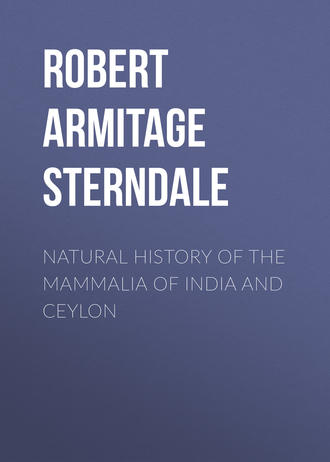Natural History of the Mammalia of India and Ceylon
 полная версия
полная версияNatural History of the Mammalia of India and Ceylon
Жанр: учебная и научная литературазарубежная образовательная литературабиологиязоологиязнания и навыки
Язык: Английский
Год издания: 2019
Добавлена:
Настройки чтения
Размер шрифта
Высота строк
Поля

